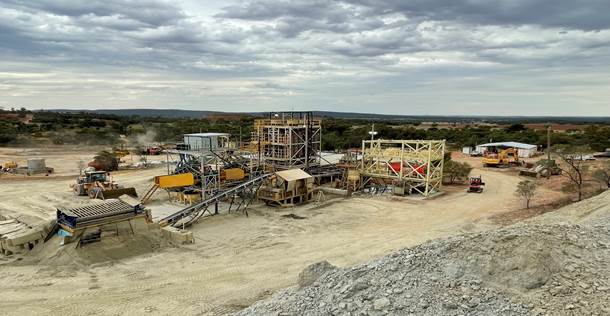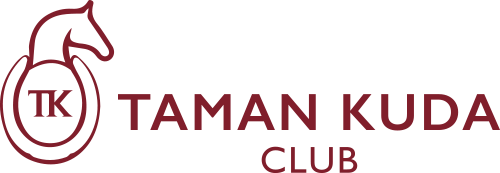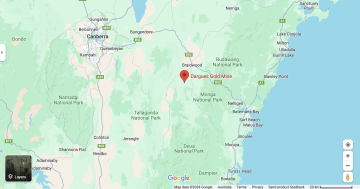
Ardlethan Tin Mine has been identified as one of 28 mines in the state with resources vital to clean energy technologies. Photo: Australian Tin Resources.
Two historic mines in southern NSW – the Ardlethan Tin Mine and the Broula King (Bumbaldry) Gold Mine – are poised not only for revival but also to become crucial suppliers of critical minerals essential for clean energy technologies.
Cutting-edge research has revealed valuable resources hidden in their old waste, positioning these sites, among a generous handful across regional NSW, to play an important role in the global transition to renewable energy and electric vehicles.
Once largely inactive, both sites are now being re-evaluated through the NSW Government’s Mine Reuse Project, which has identified elevated levels of critical minerals in historic mine waste.
These elements – including tin, copper, cobalt, silver and antimony – are essential for producing electric vehicles, solar panels, batteries, and wind turbines.
The Mine Reuse Project, led by the Geological Survey of NSW in partnership with the University of Queensland’s Sustainable Minerals Institute and Geoscience Australia, collected more than 1200 samples from 28 mine sites.
Advanced chemical analysis uncovered significant potential in tailings and mineralised waste – material previously considered uneconomic to process.
Among the most promising discoveries was tin in tailings at the Ardlethan Tin Mine, once Australia’s largest tin producer.
Located five kilometres northwest of Ardlethan, the mine dates back to 1912 and was most actively operated by Aberfoyle Tin NL between 1961 and 1986, using open cut and later underground mining methods.
Although it closed in 1986 due to market conditions, Marlborough Resources recommissioned the mine briefly in the early 2000s, but financial difficulties led to its administration.
Since acquiring the site in 2007, Australian Tin Resources (ATR) has been working to revive operations.
A controversial 2015 proposal to convert the mine into a regional landfill for up to 400,000 tonnes of Sydney’s waste annually was withdrawn after strong opposition from local farmers and residents over concerns about groundwater, air quality and agriculture.
With more than 10 million tonnes of acid-generating tailings and 21 million tonnes of mineralised waste, ATR is now advancing toward full commercial production.
Recent upgrades to its processing plant to improve tin recovery has seen multiple batches of tin concentrate shipped to Chinese smelters and as late as 2024 ATR’s stated goal was fully utilising the plant’s 30 tonnes per hour capacity by early 2025.
The Broula King Gold Mine, near the small settlement of Bumbaldry between Cowra and Grenfell, is also under renewed scrutiny.
Its gold mining history dates back to 1900, with intermittent production continuing until 1939.
In 2012, Resource Base Limited built a gold treatment plant on the site, which operated until 2014 before being placed on care and maintenance due to low gold prices and depleted reserves.
The mine changed hands in 2020, sold to Sunshine Reclamation Pty Ltd and later acquired by Broula King Enterprises (BKE).
BKE now plans to repurpose the site into a regional hub for mine waste processing and recycling, focusing on environmental rehabilitation and recovery of critical minerals to support clean energy technologies.
The Mine Reuse Project assessed 28 mine sites statewide.
Historic locations sampled include CSA in the Central West, Queen Bee, Great Cobar and Nymagee in the Far West, Endeavour Elura and Endeavour McKinnons in the Central West and Hillgrove in the Northern Tablelands.
Current mines where researchers sought additional materials include Peak Gold Mine and Tritton near Cobar, RASP and Southern Operations near Broken Hill and Stratford in the Upper Hunter.
While tin recovered from waste at the Ardlethan mine site stands out among the discoveries, the project also identified gold from historic tailings at the Mineral Hill mine in the Central West.
NSW Minister for Natural Resources Courtney Houssos said the newly released data strengthened the state’s position as a prime destination for critical minerals exploration.
“These minerals and high-tech metals are essential components of clean energy technologies like solar panels, wind turbines, EVs and batteries — they’re fundamental to our economic and environmental future,” she said.
“The results also translate into new opportunities for production, bringing more jobs and investment to communities across regional NSW”.
For more information visit the Mine Reuse Project.








